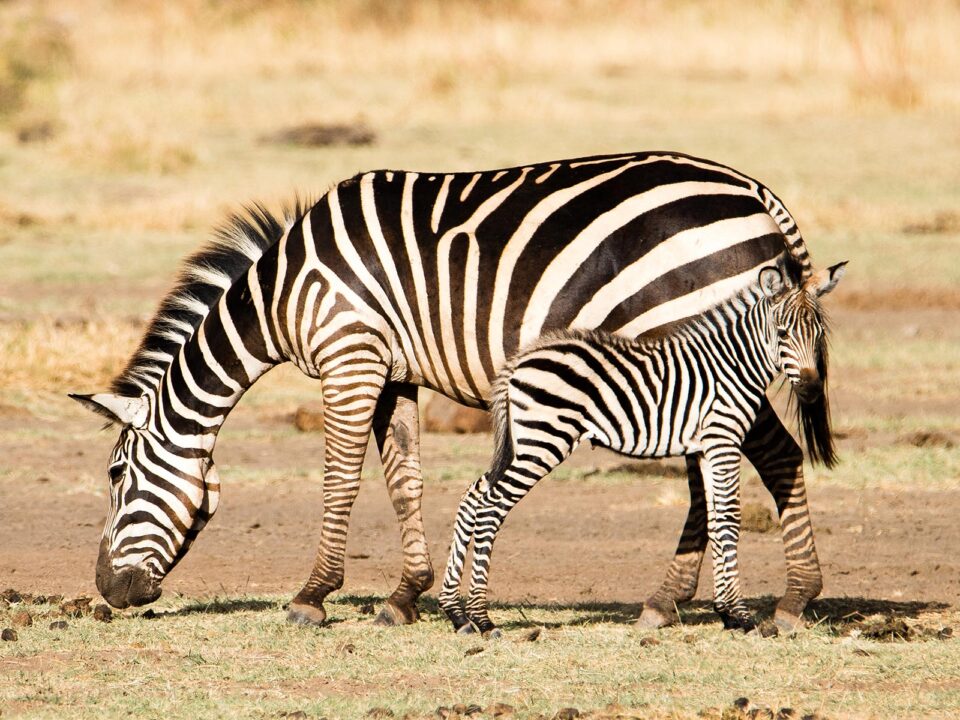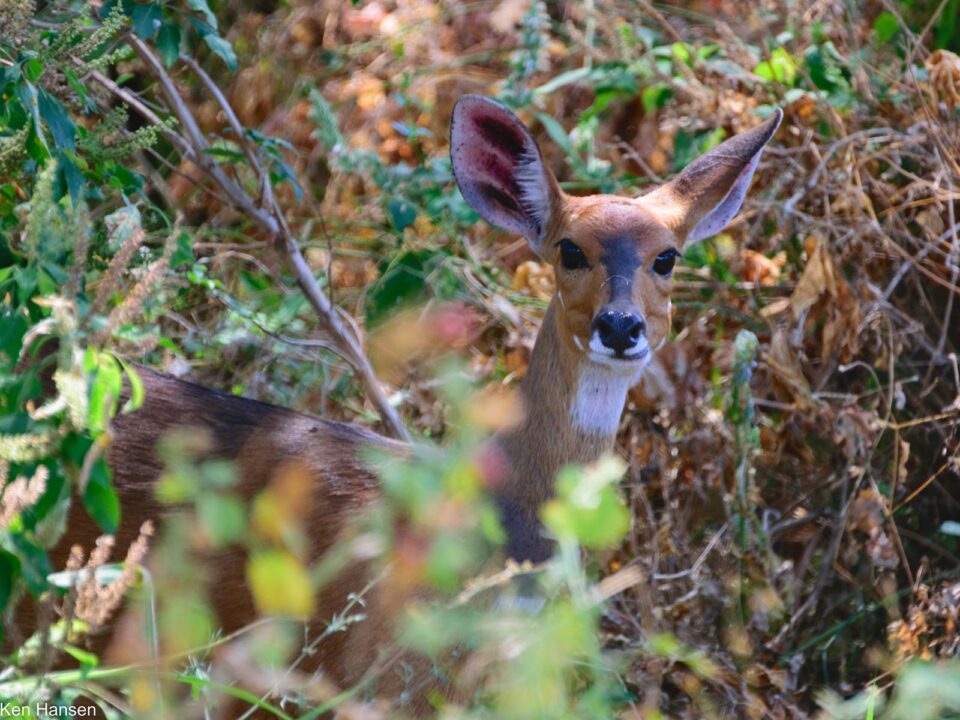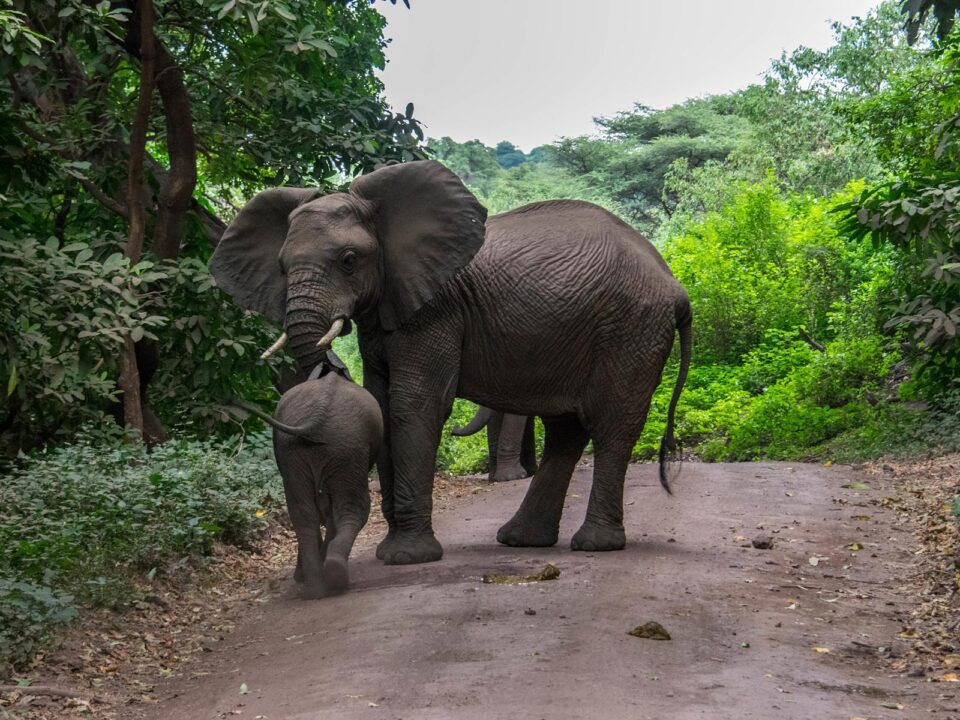Safari & Tours to Lake Manyara National Park Tanzania

Rwanda Honeymoon Gorilla Safaris in Africa
September 28, 2023
Best Time to Visit Lake Manyara National Park in Tanzania
September 28, 2023Discover Lake Manyara National Park in Tanzania: A Wildlife Safari Adventure
Safari & Tours to Lake Manyara National Park:
Lake Manyara National Park is renowned for its distinctive features, including tree-climbing lions, a soda ash lake with flamingos, and breathtaking landscapes. This travel guide provides you with the latest information about the park’s attractions, lodges, how to get there, and more. Prepare to embark on a remarkable safari experience in Tanzania.
Abundant Wildlife in Lake Manyara:
Lake Manyara is home to a significant elephant population, numerous giraffes, zebras, wildebeests, impalas, waterbucks, and warthogs. It’s also the habitat of the elusive Kik’s dik dik and Klipspringer. Leopards can be found within the fragmented forests and the escarpment, while the park’s famous tree-climbing lions once entertained visitors. Although this unique behavior is less common today, Lake Manyara’s lion population is still thriving. Additionally, the park is home to large troops of baboons, often numbering in the hundreds, providing fascinating encounters for travelers.
Tailoring Your Tanzania Safari Experience in Lake Manyara:
Many travelers on a tight schedule make a brief stop at Lake Manyara National Park while en route to or from the Ngorongoro Crater, often spending just half a day here. While this approach can save time and money, it may lead to a hurried and potentially disappointing experience. Lake Manyara offers much more than can be seen in a few hours.
Alternatively, for a more fulfilling experience, consider staying inside the park at a permanent camp or choosing a mobile tent option. Although this can be more costly, it allows you to begin your safari earlier than day visitors, providing a deeper exploration of the park and an enhanced wildlife experience.
Another option is to stay outside the park but near the entrance gate. This allows you to enter the park early in the morning and offers affordable accommodation along the Rift Valley escarpment, providing superb views of the park.
Birdwatching in Manyara:
Birdlife flourishes within Lake Manyara National Park. While the lake is home to pelicans and distant flamingos, the park’s edges and water meadows attract spoonbills, egrets, herons, storks, and other waders. In the evergreen forests, you can spot captivating species, including crowned eagles, crested guinea fowl, and the noisy silvery-cheeked hornbills during your safari and tours to Lake Manyara National Park in Tanzania.
The Diverse Vegetation of Lake Manyara:
Lake Manyara National Park is nestled between the steep western escarpment of the Great Rift Valley and Lake Manyara itself. The lake is an alkaline one, expanding and contracting with the seasons, bordered by wide grassy floodplains. Further away, you’ll encounter bands of mixed acacia woodlands. Next to the escarpment, there are patches of evergreen forests, nourished by perennial underground springs from the base of the escarpment.
Park Entrance and Access:
Lake Manyara National Park is easily accessible from Arusha, just a 1.5-hour drive away. If you’re coming from the Ngorongoro Crater, it’s even closer, less than an hour. However, the northern part of the park can get busy, particularly in the afternoon. To fully appreciate the park’s offerings, it’s advisable to stay inside the park or nearby for at least two nights. This allows you to embark on a full day of safari and tours to Lake Manyara National Park, experiencing its wonders to the fullest.
The park has two main entrances: one in the north and the other in the south. The northern gate is busier, with several accommodations along the way, making it a popular choice among visitors. The southern gate, on the other hand, sees less traffic and is often restricted. Accommodations near this gate offer controlled access, and it’s a quieter option for those seeking a more serene experience of the park.
Lake Manyara National Park is a captivating destination within the Great Rift Valley, offering an array of wildlife encounters, stunning landscapes, and cultural experiences. Whether you’re a seasoned safari enthusiast or embarking on your first African adventure, Lake Manyara promises a safari experience like no other.




